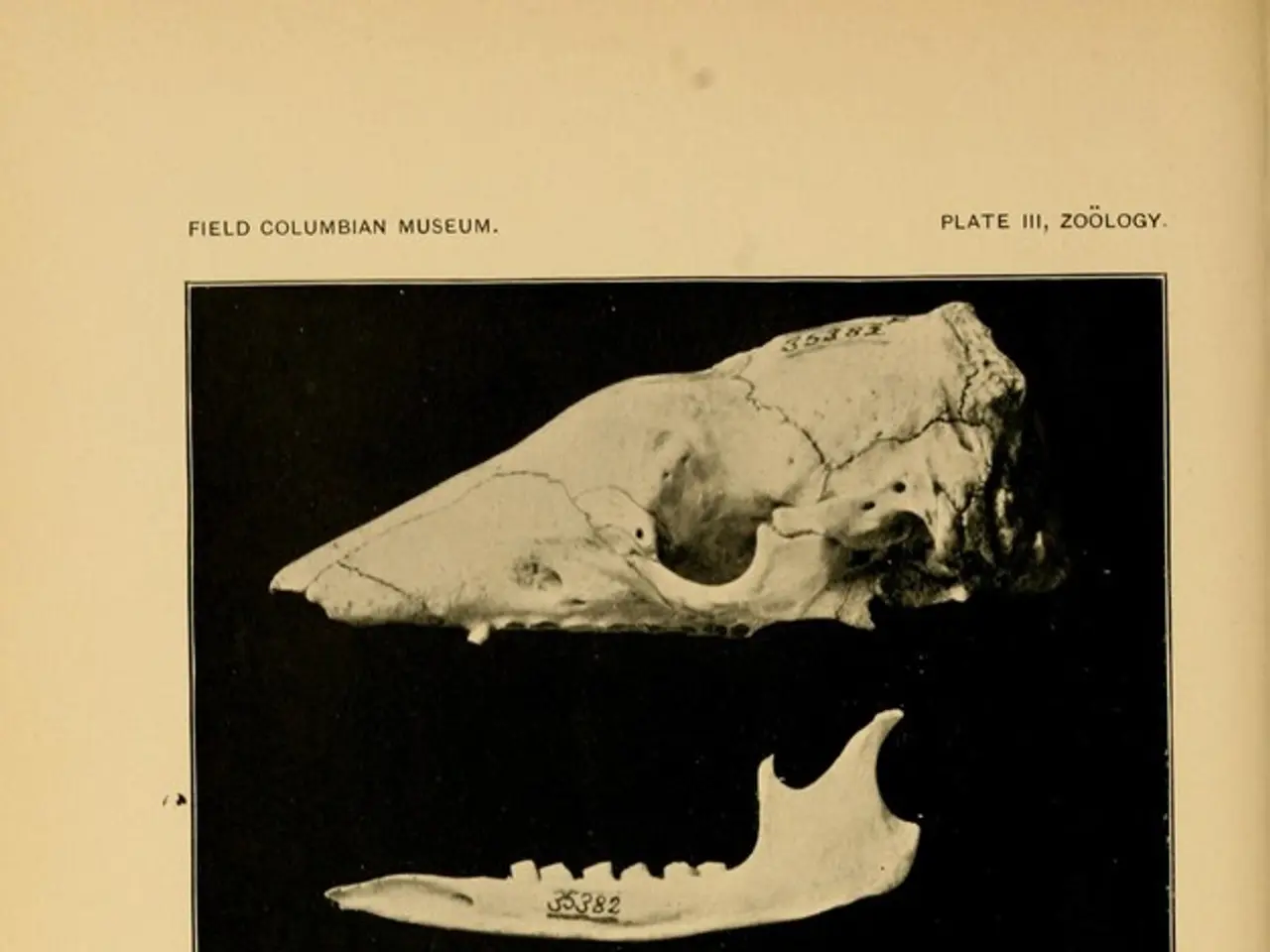Lower Back Compression Fractures: Key Information to Understand
Vertebral Compression Fractures (VCFs) are a common spinal injury that can occur due to various causes. This article aims to provide an overview of VCFs, their symptoms, causes, and treatment options.
A VCF is a break in the anterior (front) section of a vertebra that causes it to compress or shorten, leaving the posterior (back) section intact. In younger individuals, the cause is usually a high-impact injury, while in older adults, osteoporosis, a condition that weakens bones, is often the culprit.
Symptoms of a VCF may include sudden back pain that worsens with movement, curvature of the spine, difficulties with balance and mobility, breathing difficulties, bowel and bladder issues, and, in severe cases, symptoms such as pain, tingling, weakness, or numbness in both legs, numbness or tingling around the buttocks or genitals, difficulty urinating, loss of bladder or bowel control, and chest pain.
When diagnosing a VCF, a doctor will palpate the skin along the spine to check for pain or tenderness and may request an X-ray of the spine.
If diagnosed, treatment approaches for VCFs may vary. Mild injuries can be managed with pain management and temporary back braces, while more severe injuries may require surgery to realign or stabilize the spine. Recommended surgical interventions include vertebroplasty or kyphoplasty.
In addition to treating the fracture, managing the underlying condition is crucial. For those with osteoporosis, the International Osteoporosis Foundation recommends medications to slow down bone loss and medications to help rebuild bone. They also advocate for a diet rich in calcium and protein, getting enough vitamin D, maintaining a body mass index (BMI) of at least 19, performing weight-bearing and muscle-strengthening exercises regularly, avoiding smoking, avoiding heavy alcohol consumption, and talking with a doctor about osteoporosis risk factors and seeking early diagnosis and treatment if necessary.
It's important to note that around two-thirds of people with VCFs do not experience any symptoms and only become aware of the issue after undergoing tests for other conditions. However, anyone who experiences back pain along with any of the symptoms mentioned earlier should seek emergency medical attention.
A 2019 study found that older adults with VCFs who underwent surgery to fuse the spine experienced significant improvements in low back pain, but the rate of surgical complications was high. Therefore, treatment decisions should be made in consultation with a healthcare professional, considering the individual's specific circumstances and needs.
In conclusion, while VCFs can be a cause for concern, understanding their causes, symptoms, and treatment options can help individuals make informed decisions about their health. If you are experiencing back pain or any symptoms associated with VCFs, it's essential to consult a healthcare professional for proper diagnosis and treatment.








